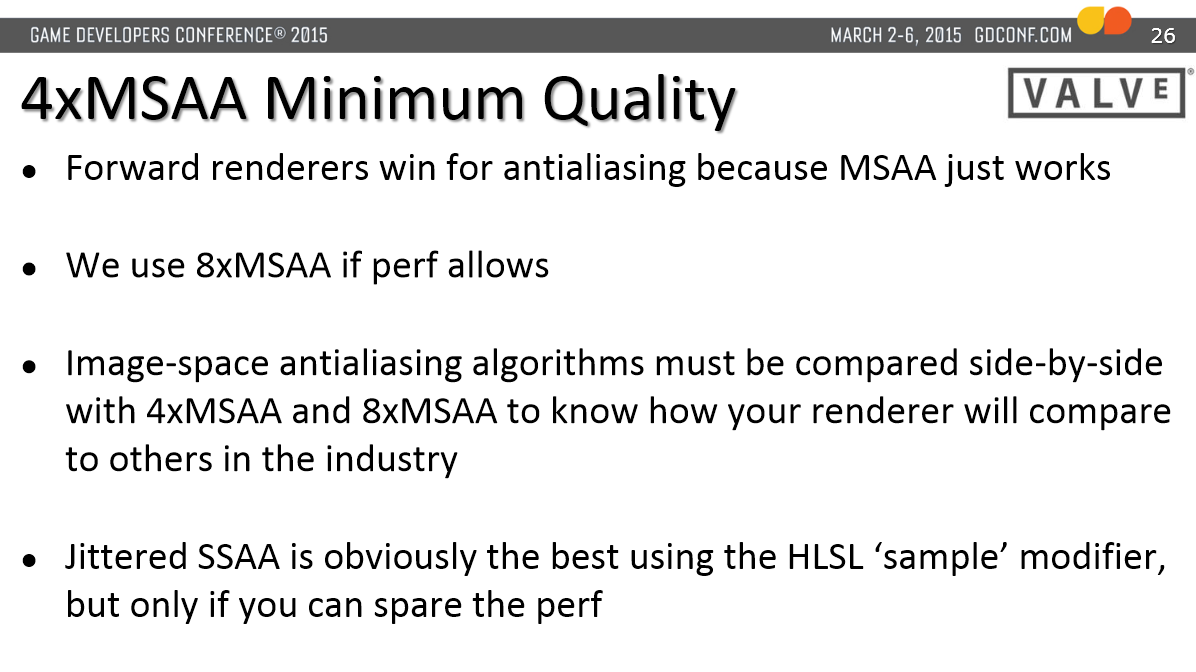Yes and yes.Do all VR headsets display in 3D? is that what the stereo means?
Edit: summing up the rendering load stuff I put on the previous page:
In short: you won't get the same asset fidelity / scale you see on a screen in VR on comparable hardware.


